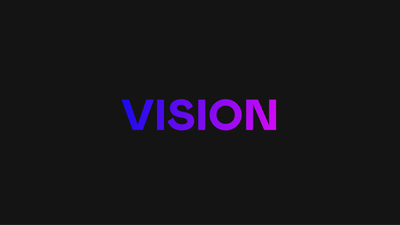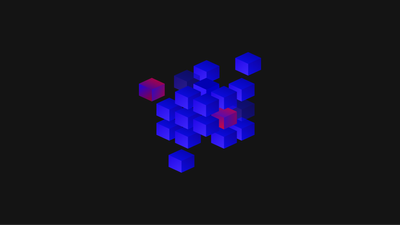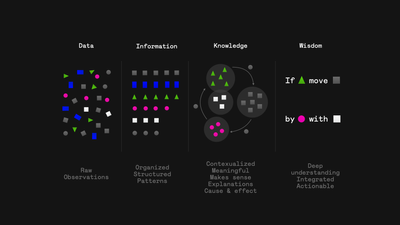Tana Maturity Assessment
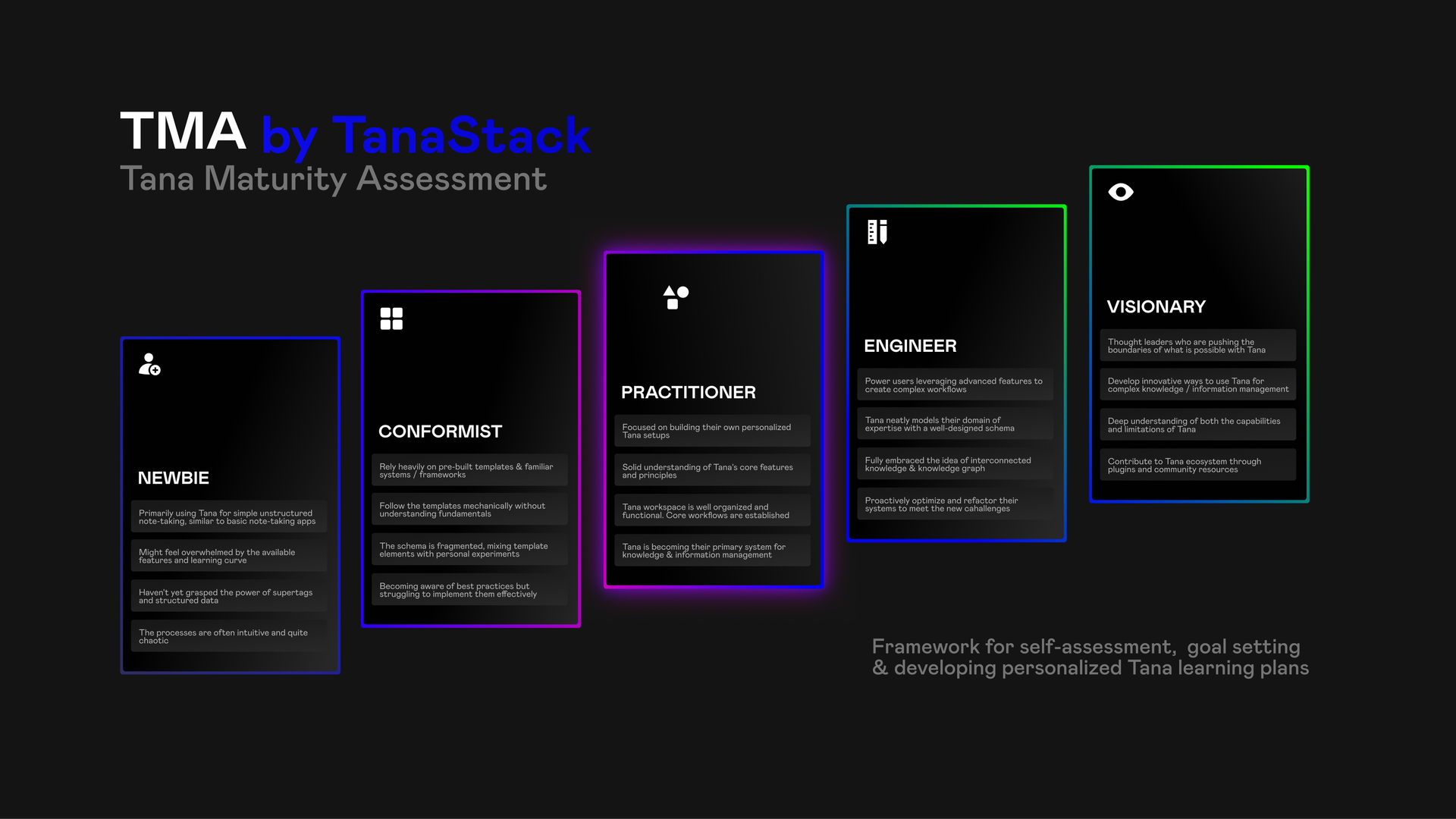
To master any skill, first you need to know where you stand. This is especially true for Tana – complex and powerful tool.
To help you with this, I created Tana Maturity Assessment (TMA) framework.
It maps your Tana journey across five levels:
Newbie → Conformist → Practitioner → Engineer → Visionary
Think of it as your personal GPS for Tana mastery 🧭 showing where you are, what's ahead, and how to get there.
Every level of the TMA framework includes:
- Stage description
- Essential skills for that level
- Key Tana features relevant to that stage
- First principles you need to grasp to advance
- Practical aspects of using Tana on a particular level
- Motivation to learn and progress
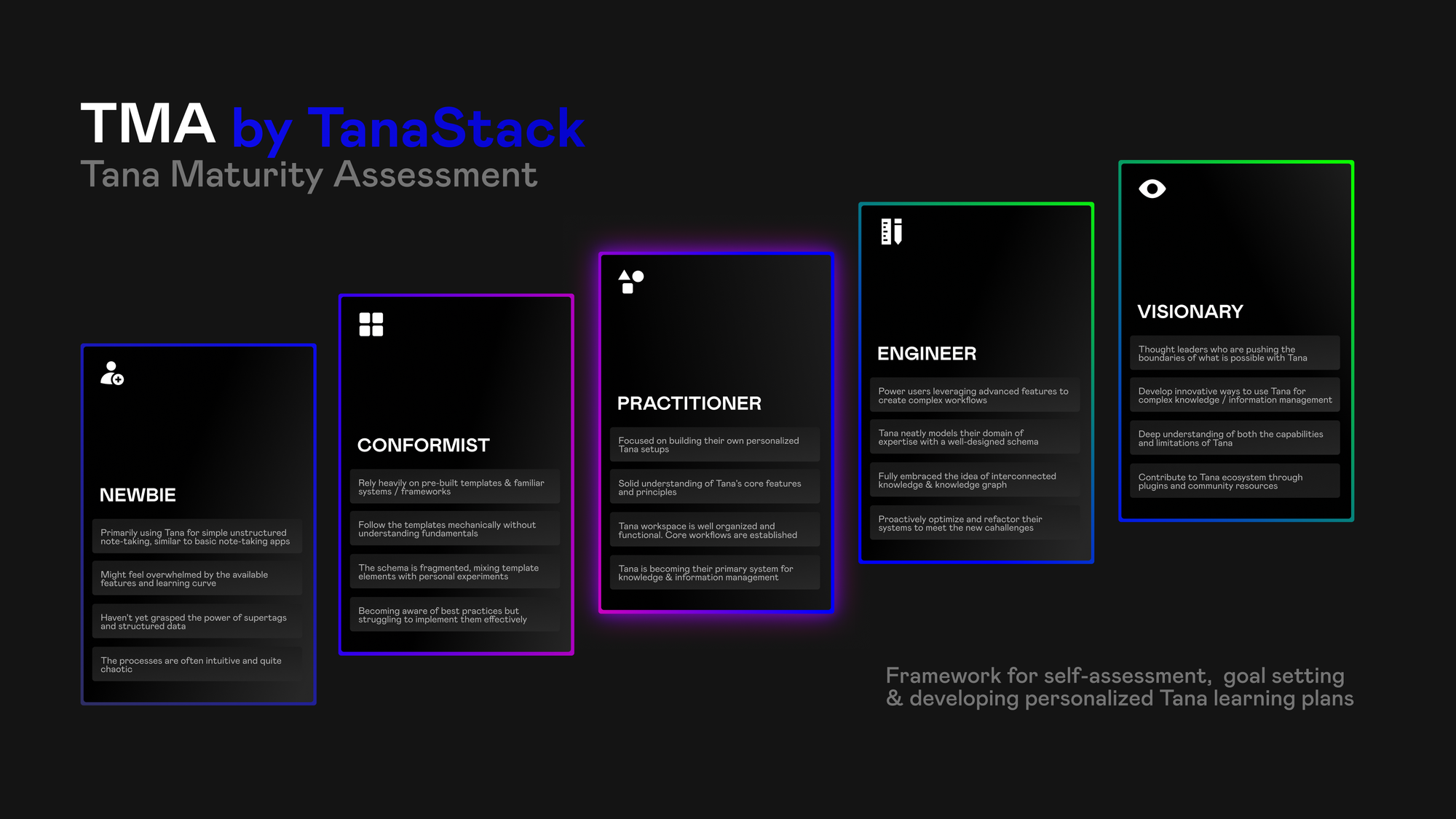
High-Resolution Version
TMA is inspired by vertical development frameworks: Robert Kegan's Stages of Adult Development and Joscha Bach's Levels of Lucidity. Also by Gartner's Maturity Model.
Now let's explore each level of TMA in detail.
Level 1. Newbie
- Beginners making first steps in Tana.
- Primarily use Tana for simple, unstructured note-taking, similar to basic note-taking apps.
- Might feel overwhelmed by the available features and learning curve.
- Haven't yet grasped the power of supertags or structured data.
- The processes are often intuitive and quite chaotic.
Skills & Abilities
- Workspace orientation
- Basic outlining
- Text formatting
First Principles
- Chronological anchors
- Input / Output
- Arrangement
Functionality
- Outlining
- Daily node
- Search
- Supertags [very limited]
In practice
- Using Tana for basic note-taking and task management.
- Taking simple, unstructured notes primarily on the daily node.
- Putting tasks on the daily node without a robust system for tracking them.
- Connecting nodes sporadically without a clear organizational strategy.
- Using supertags as simple labels rather than to define the type (class) of a node.
- Frequently losing information and relying heavily on basic search to retrieve it.
Motivation
Curiosity, initial exploration of the tool and a desire for better organization.
Level 2. Conformist
- Driven by a desire to apply familiar systems / frameworks in Tana
- Rely heavily on pre-built templates
- Following templates mechanically without understanding fundamentals
- Their schema is typically inconsistent, and fragmented, a mix of elements from different templates and their own experimentation (Frankenstein-style)
- Becoming aware of best practices but have not yet figured out how to apply them to their use cases.
Skills & Abilities
- Installing templates
- Creating basic supertags for common entities
- Using references to connect several contexts
First Principles
- Classification
- Database thinking
- Hierarchies
Functionality
- Search
- References
- Capture / Voice
- Live queries / feeds
- Supertags [limited]
In practice
- Adjusting their workflows to match templates instead of customizing templates to their needs.
- Trying to recreate in Tana familiar systems like Zettelkasten or GTD.
- Starting applying basic supertags for different types of information (book, project, task, meeting, note, etc.).
- Creating basic queries (for example, to list all meetings happening next week)
- Using voice capture to quickly capture ideas / notes.
- Link related nodes together following the guidelines of the framework or template.
- Using Tana for specific projects or areas of interest, but not yet as a central system.
- Becoming more active in Tana Slack community, asking question to learn from other community members.
Motivation
Recognizing the potential of Tana, desire for a well-structured and efficient knowledge management / productivity system.
Level 3. Practitioner
- Moving beyond simply conforming to pre-existing structures.
- Focused on building their own personalized Tana setups.
- Solid understanding of Tana's core features.
- Tana workspace is well organized and functional.
- May still rely on templates, but adapting and modifying them to fit their needs.
- Established schema & core workflows.
- Tana is becoming the primary system for knowledge & information management.
Skills & Abilities
- Ability to think in terms of structured data
- Designing supertags for specific entities
- Constructing useful queries
- Using pre-built integrations (Calendar, Readwise)
- Writing basic prompts for AI fields
First Principles
- Knowledge structures
- Knowledge graphs
- Information architecture
- Granularity
- Boolean logic
Functionality
- Supertags (fully embraced)
- Live queries / Feeds
- Views / Filters
- Extension
- Related content
- Tana Paste
- Readwise integration
- Command palette
In practice
- Leveraging live queries and AI Chat for efficient information retrieval
- For example: Creating a dashboard that shows all active project, upcoming deadlines, and recent updates
- Creating meaningful connections between different sources to gain deeper insights.
- Use outlining to break down complex topics and plan projects.
- Designing schema thoughtfully: considering what fields will make the information useful and searchable.
- Exploring Tana AI features to generate summaries, formatting and brainstorming.
Motivation
Desire to build more customized system that is better aligned with their specific needs.
Level 4. Engineer
- Power users utilizing advanced features to create complex workflows.
- Tana neatly fits their workflows with a well-designed schema.
- Fully embraced the idea of interconnected knowledge.
- Proactively optimize and refactor their systems.
- Using Tana to solve complex problems and manage complex projects.
Skills & Abilities
- The ability to break down any domain into components
- Design well-organized Tana schemas
- Workflows automation
- Complex CoT prompt-engeneering
First Principles
- Ontology
- Modularity
- Abstraction
- Emergence
- Prompt engineering
Functionality
- Commands
- Semantic functions
- Prompt workbench
- Hotkeys
- Contextual content
In practice
- Designing and implementing highly customized Tana setups for specific domains or use cases.
- Using bi-directional linking to reveal non-obvious connections and insights.
- Continuously optimizing and refactoring schema and workflows.
- Streamlining the process with hotkeys.
- Actively exploring and implementing new ways to improve their system.
- Sharing expertise with the Tana community.
Motivation
Maximizing the efficiency of their knowledge work
Level 5. Visionary
- Thought leaders who are pushing the boundaries of what is possible with Tana.
- Developing innovative ways to use Tana for complex knowledge / information management.
- Deep understanding of both the capabilities and limitations of Tana.
- Might be involved in shaping the future of the product as ambassadors / navigators.
Skills & Abilities
- Develop API integrations to connect Tana with other tools and platforms
- Creating multi-level commands with multiple variables
- Create advanced automations
- Complex CoT prompt-engeneering
First Principles
- Systems thinking
- System design
- HCI (Human-Computer Interaction)
- Complexity
Functionality
- Commands
- Input API
In practice
- Developing sophisticated integrations with other tools and platforms.
- Designing and implementing complex AI workflows: prompts + commands + custom extensions.
- Contributing to the development of Tana through plugins and community resources.
- Continuously exploring new ways to use Tana for non-obvious use cases.
Motivation
Pushing the boundaries of what's possible with Tana & and shaping the future.
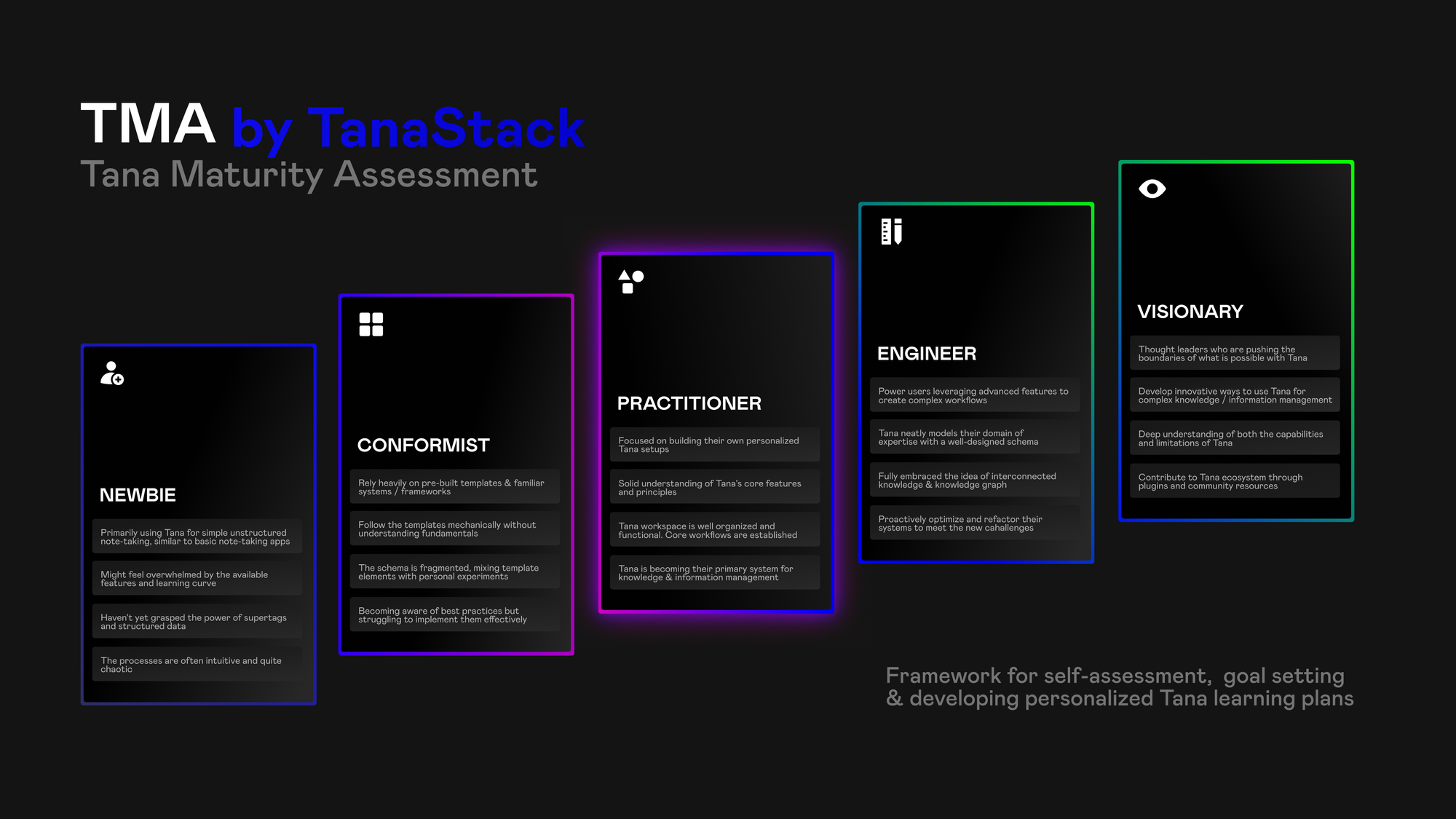
How can you use the framework
Self-Assessment
Assess your current level of Tana expertise and explore areas for improvement.
Goal Setting
Set up realistic goals for your Tana learning journey.
Learning plan
Mindfully choose relevant courses and resources that will help you to move to the net level.
Now equipped with clear levels, skills & principles, you're ready to take your next intentional step in mastering Tana ✨

